Toitū Te Tiriti
Te Tiriti o Waitangi, the Treaty of Waitangi, is an important agreement for everyone who calls Aotearoa New Zealand home. It’s what gives us all a place to stand.
Greenpeace Aotearoa is committed to honouring Te Tiriti.
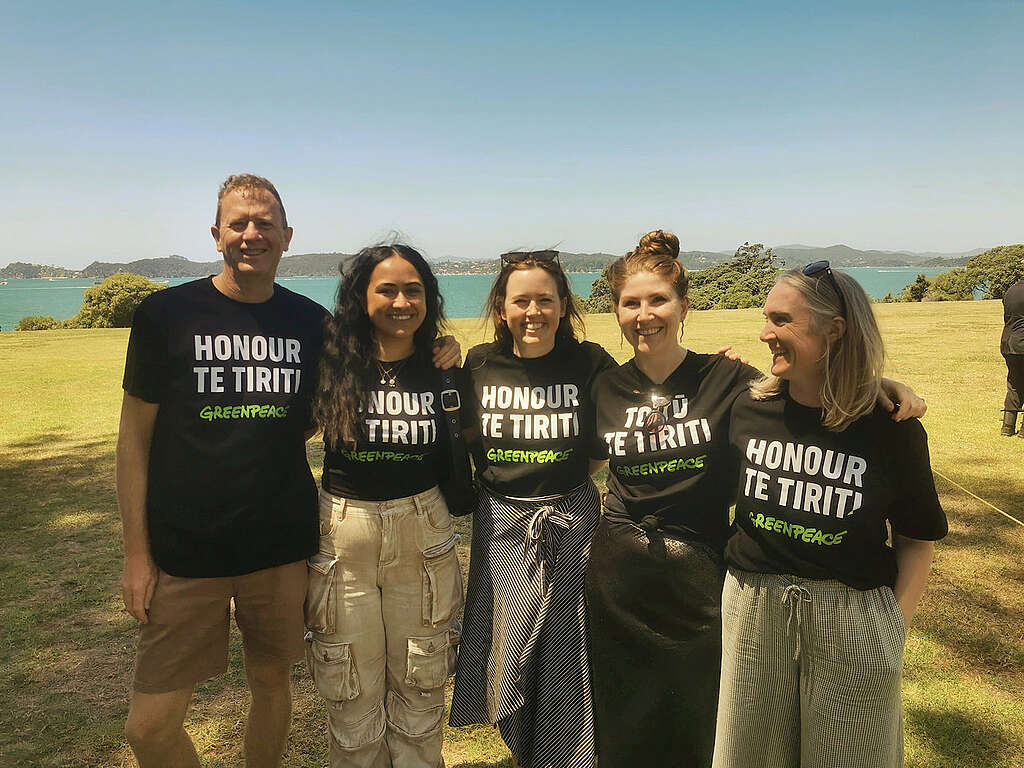
Connecting through Te Tiriti
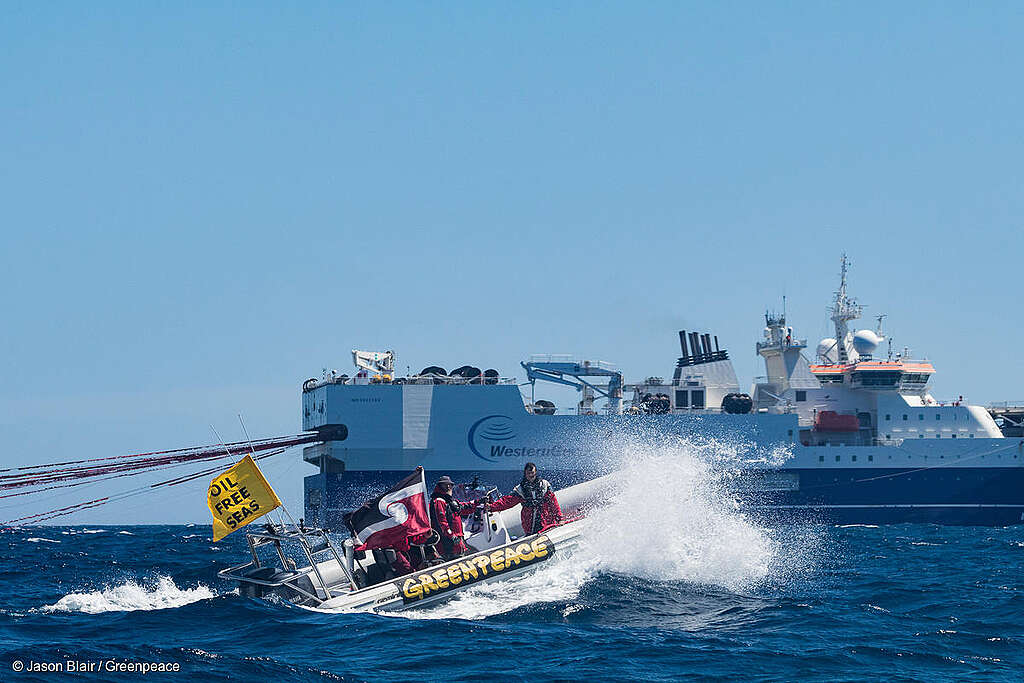
‘Toitū’ for us means to be sustainable, to remain whole. Toitū Te Tiriti is to support and honour Te Tiriti, to respect our foundational document as a guide for living together in this land we call home.
As we strive for the restoration of thriving biodiversity and a safe climate future, we also seek to reconnect to nature and each other.
This is at the heart of why Greenpeace Aotearoa is committed to honouring this country’s founding document, Te Tiriti o Waitangi. Honouring Te Tiriti means respecting tino rangatiratanga – the self-determination – of iwi and hapū.
Honouring Te Tiriti provides the framework as a nation to navigate the painful truth of the history of colonisation and its present day impacts. Even though it has been slow and difficult, there has been extraordinary progress.
This progress is also critical in the fight to protect and restore nature. For example, Parliament’s recognition of the Whanganui River with legal personhood in 2017 was a landmark legal step. It recognised the ancestral connection of Whanganui iwi and is the basis for the long-term protection of the awa.
Read the Greenpeace Aotearoa Te Tiriti Policy.
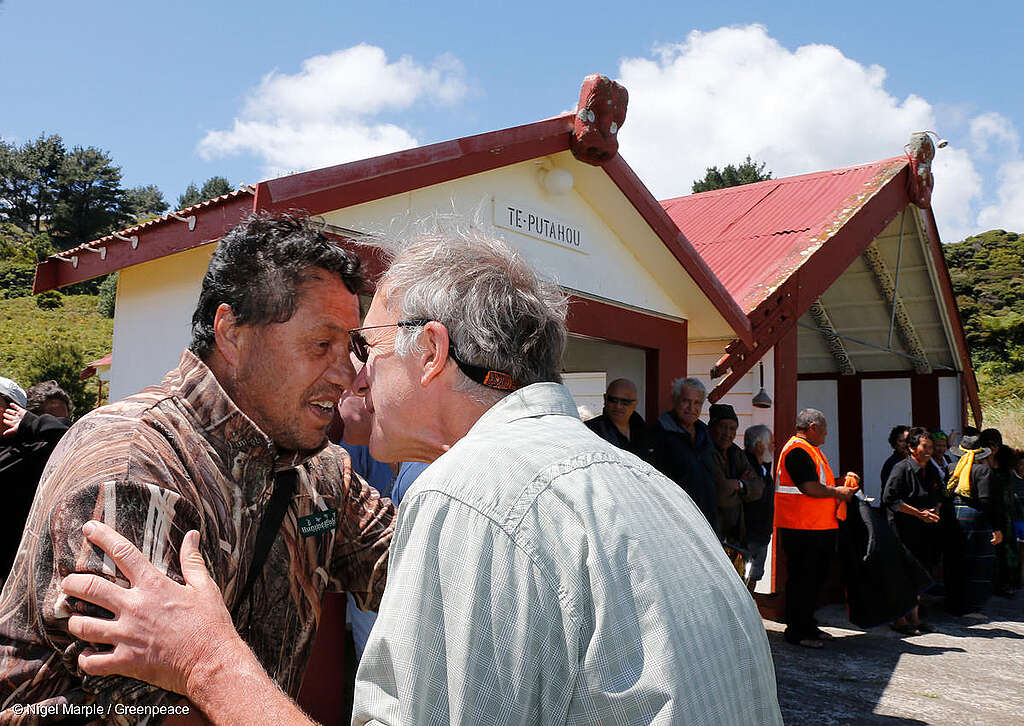
A new threat to Te Tiriti and Te Taiao
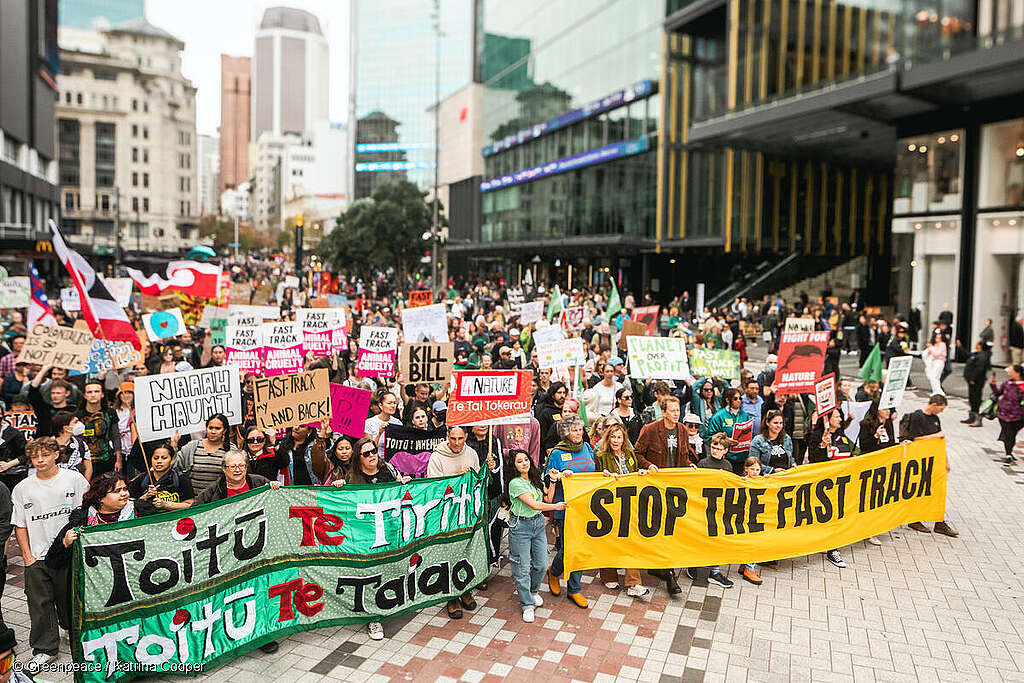
As the New Zealand Government is busy waging a war on nature by removing hard-won protections for the natural ecosystems, they’re also launching a blatant attack on indigenous rights.
The Act Party’s proposed ‘Treaty Principles Bill’ is an attempt to fundamentally change the interpretation of Te Tiriti o Waitangi and, incredibly, to remove all references to Māori from the principles of Te Tiriti o Waitangi.
The forces pushing against indigenous self-determination and the right to protect the natural world as taonga are the same forces that have no regard for the importance of the natural world. To protect nature from pollution and destruction is entwined with the struggle for indigenous justice.
Te Tiriti is a vital agreement between the crown and Tangata Whenua. Join us in saying ‘no’ to the attempt to erase Māori from our history, creating division and hate. Let’s say ‘yes’ to a future Aotearoa New Zealand filled with unity and hope.
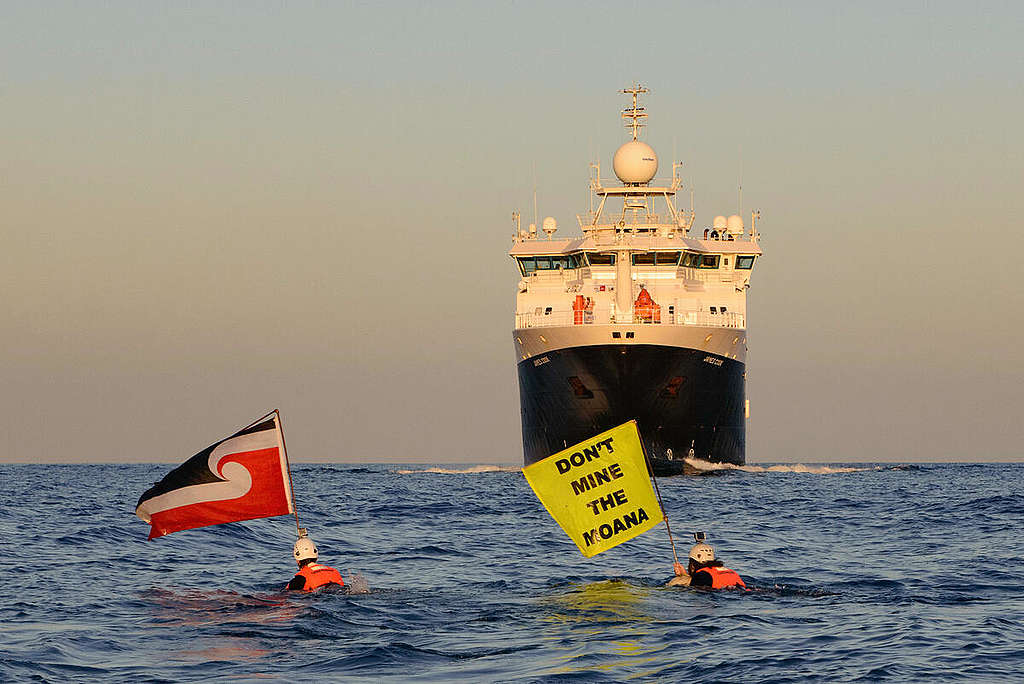
Greenpeace Aotearoa and Te Tiriti
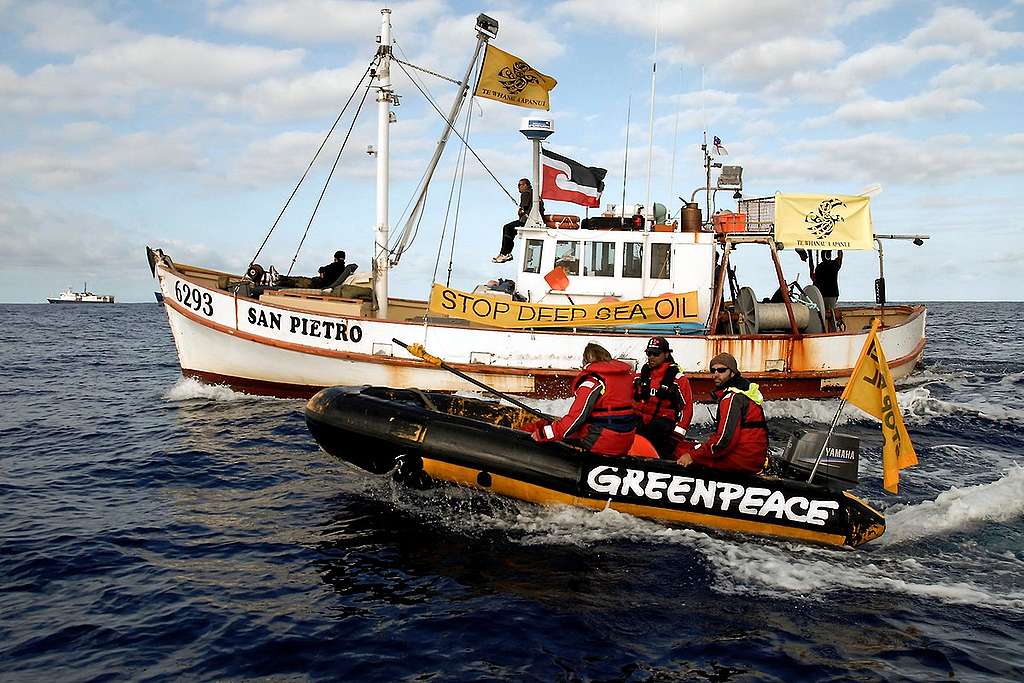
In campaigning for the environment, the Greenpeace crew has learnt over decades the power of working together with tangata whenua. Our struggles are often the same struggles as mana whenua. Local relationships with iwi and hapū were integral to the achievement in 2018 of the offshore oil exploration ban that Greenpeace is so proud to have been part of.
Read the story of how an alliance between Greenpeace, iwi, and the wider community faced down the oil giants.
Connected kaupapa
The March For Nature and many other protests we saw a blending of messages about protecting nature, defending Te Tiriti and stopping the war on Palestine. In episode two of Greenpeace LIVE, we discussed why that’s such a natural and powerful convergence of kaupapa. Bianca’s korero is a must-watch…
-
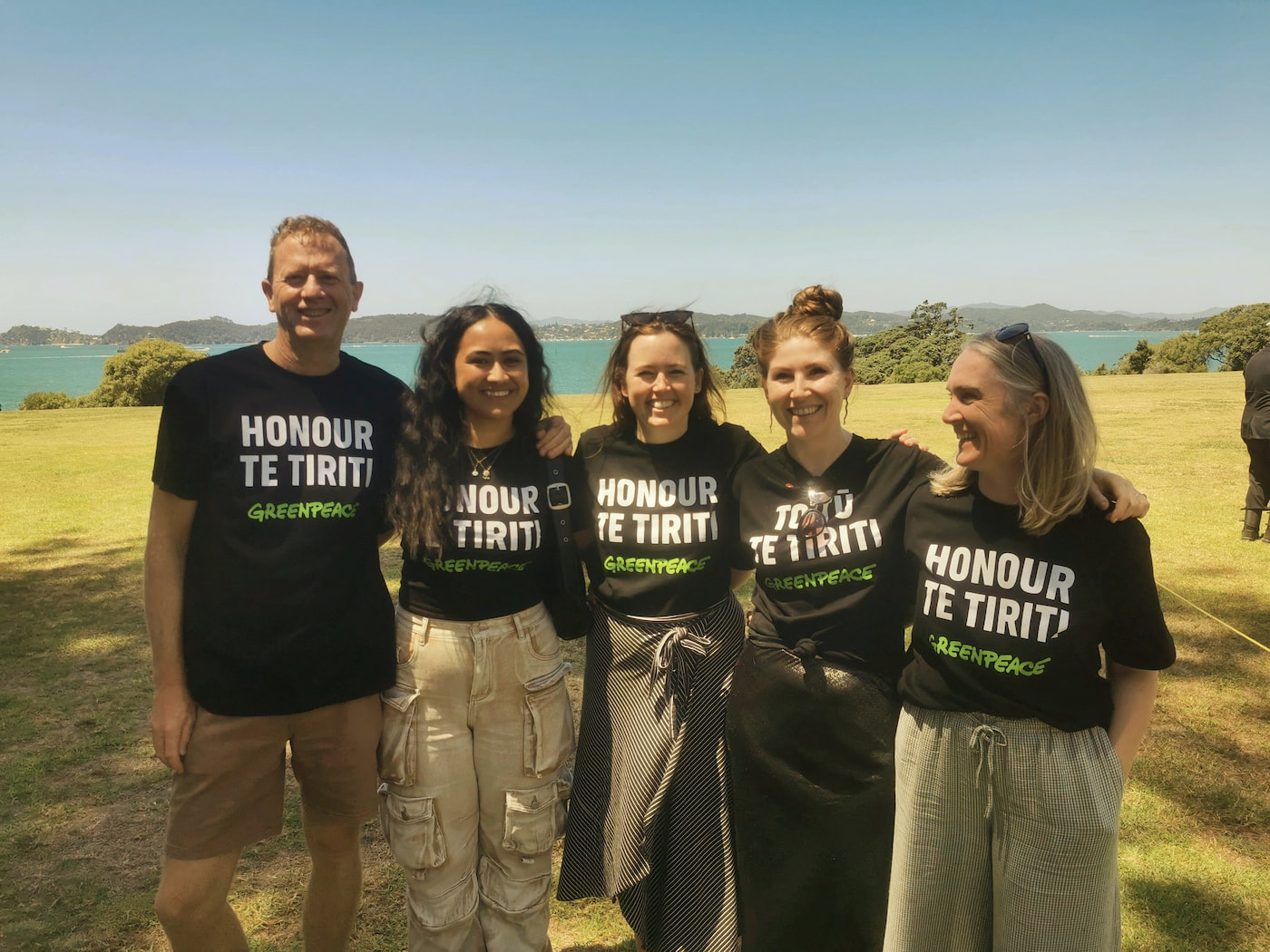
Standing for Te Tiriti o Waitangi
It was a privilege to be there with Greenpeace Aotearoa to honour Te Tiriti o Waitangi.
-
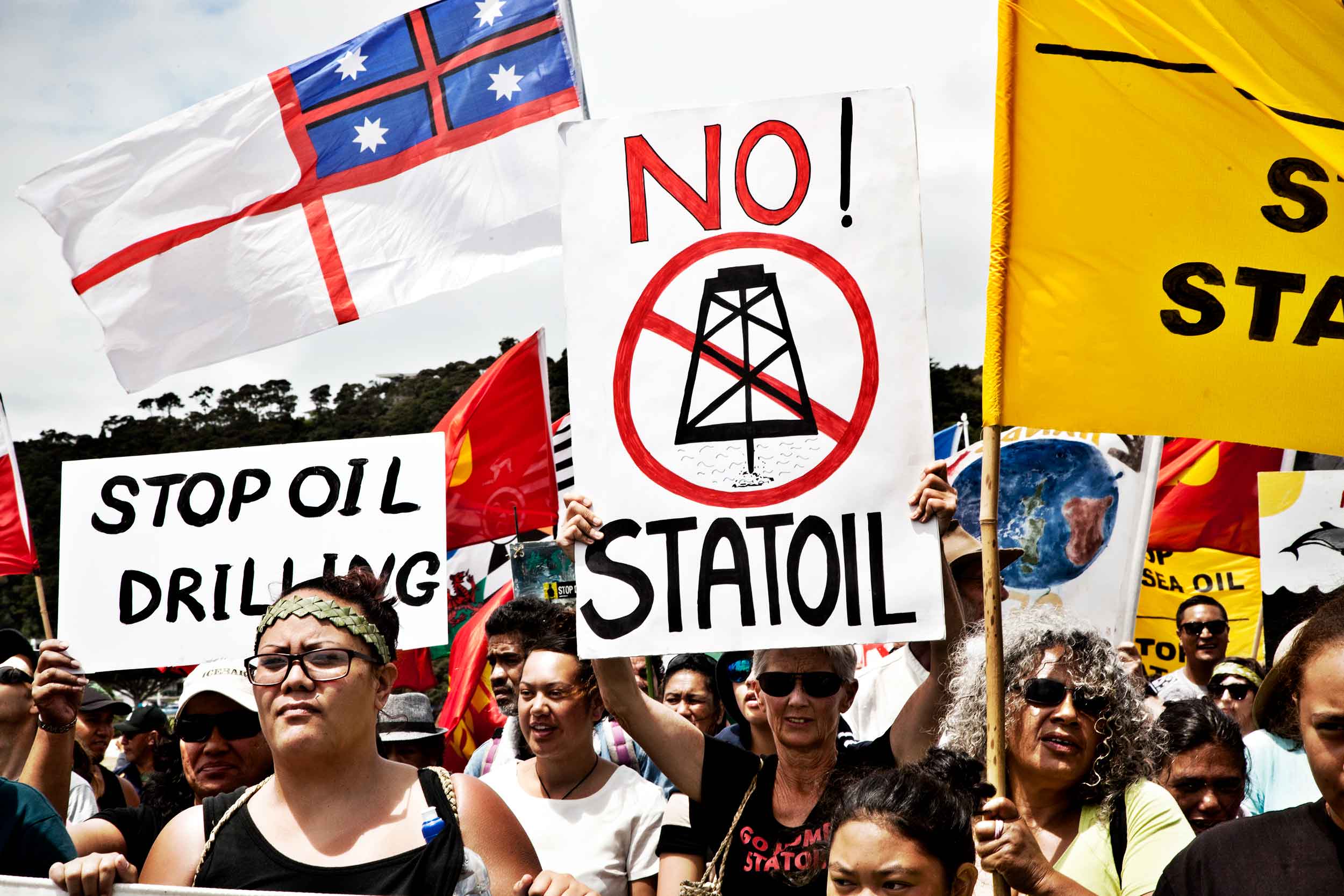
Some say the Treaty of Waitangi divides NZ – a new survey suggests the opposite is true
Te Tiriti o Waitangi provides a powerful symbol that promotes mutual understanding and reconciliation.
-
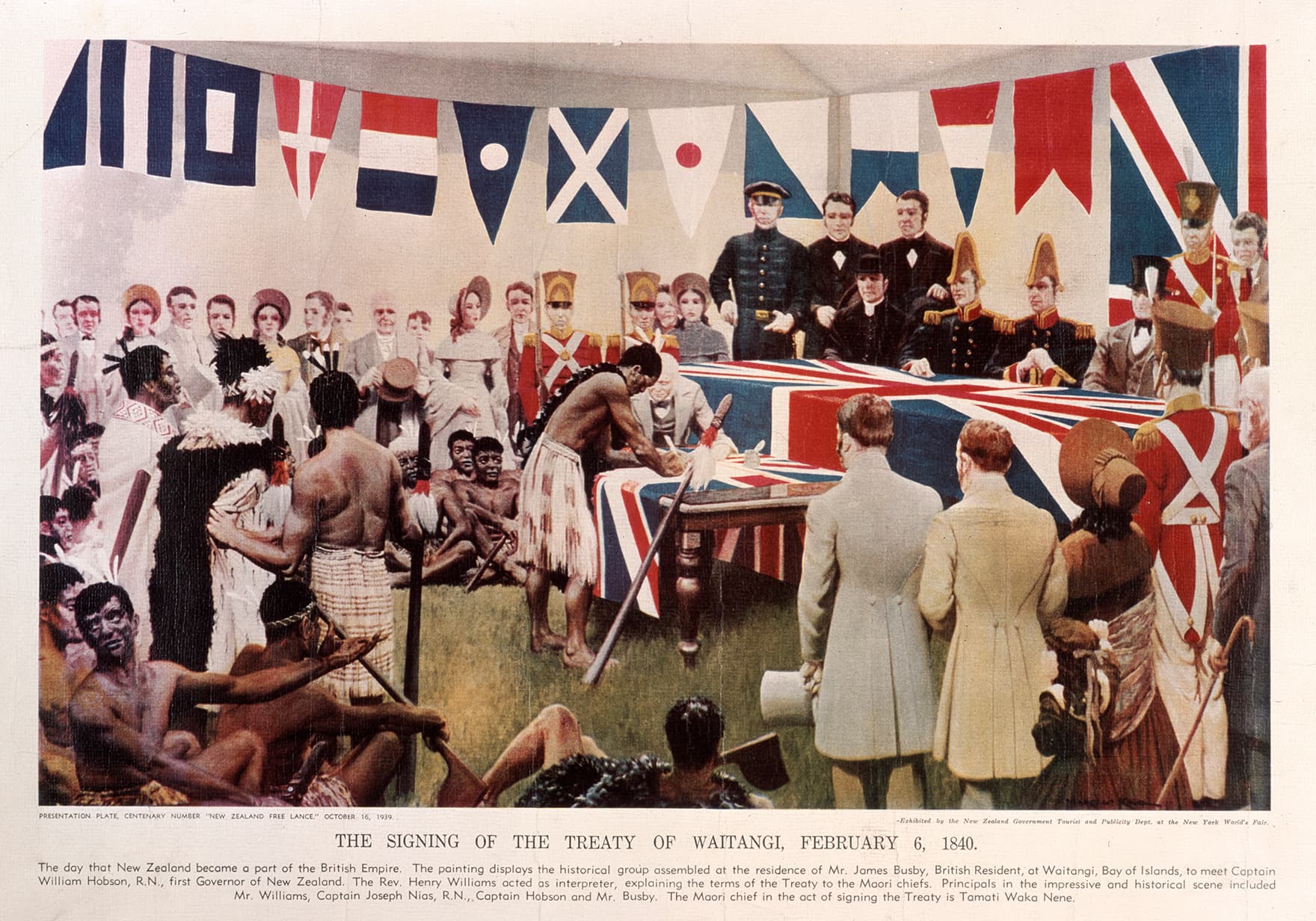
Unravelling the Treaty of Waitangi debate: words matter, but so does history
Since Te Tiriti was signed there have been innumerable acts of Parliament, judicial decisions, Waitangi Tribunal reports and acts of government based on the understanding that Article 2 of te…
-
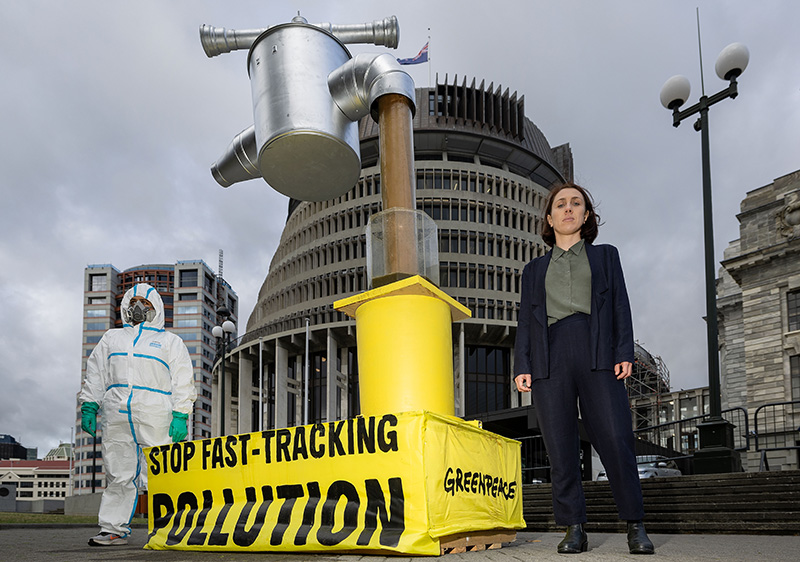
The Fast Track Approvals Bill: what’s the problem? UPDATED
On the 7th of March, the Government introduced a new bill to fast-track consents for development projects, which would allow corporations to bypass environmental protections and the democratic process.
-
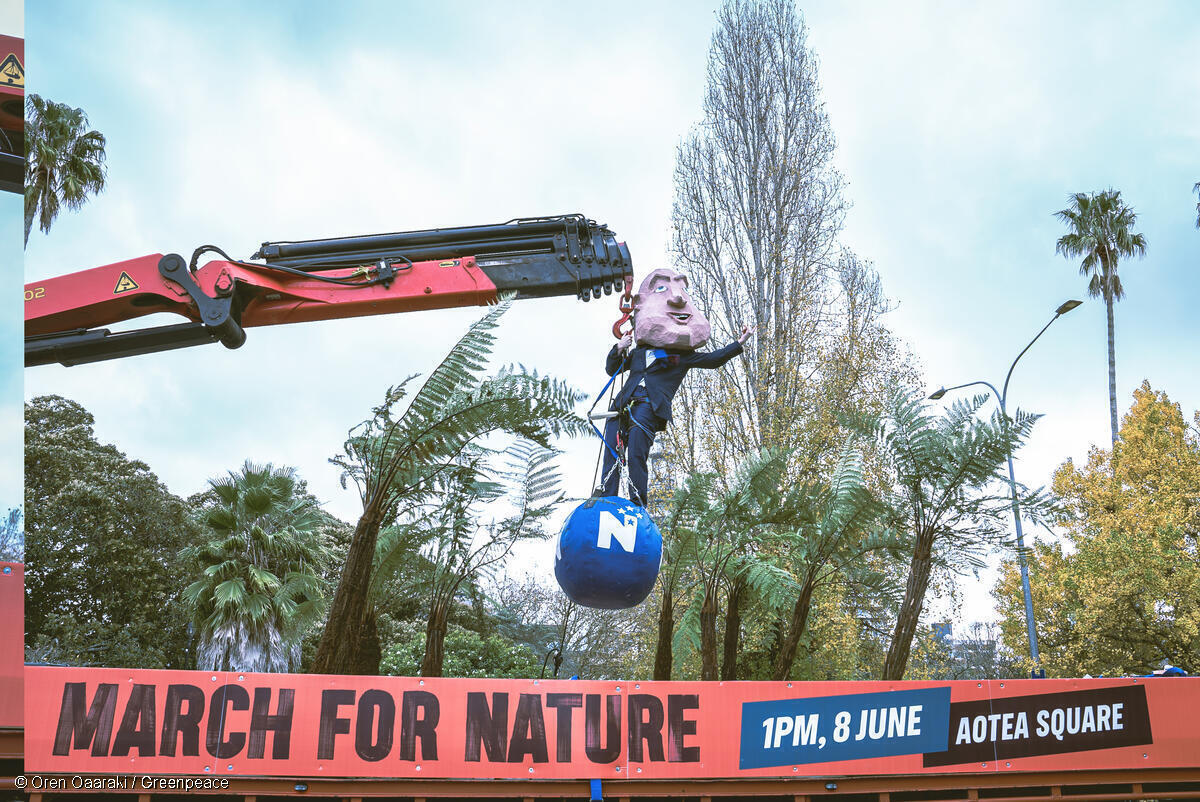
Fast track threatens te taiao, democracy and Te Tiriti – it’s time to march
The fast-track bill puts profits over people and Papatūānuku. If passed unopposed, the new law will allow the destruction of the whenua, awa and moana through more mining, dams, roads, drilling and ocean pillaging.
-
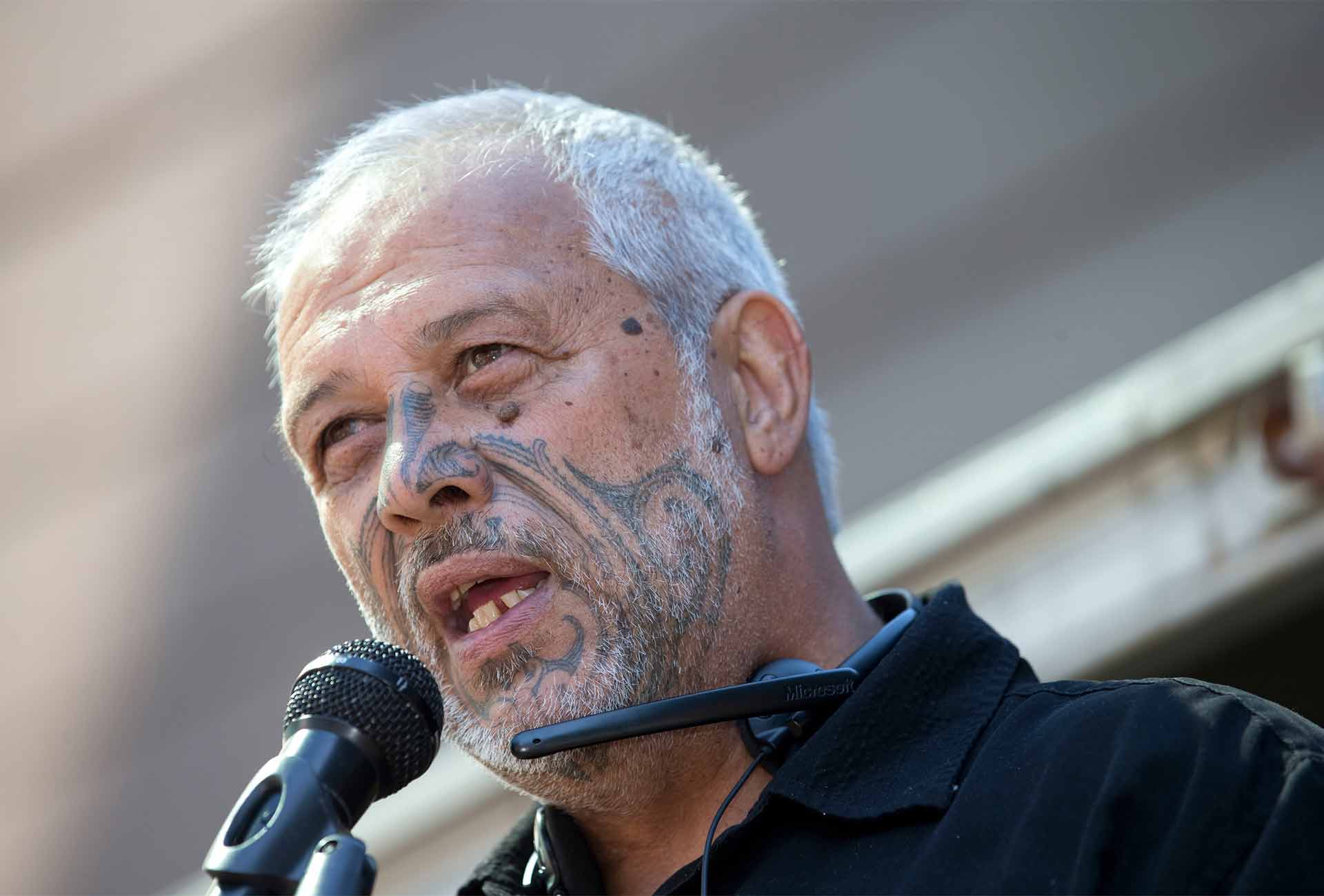
A view from Waitangi by Mike Smith
Over the last couple of days I’ve been getting calls from friends, colleagues and media organisations wanting to know what was happening at Waitangi this year. Here’s what I’ve been telling them.
-
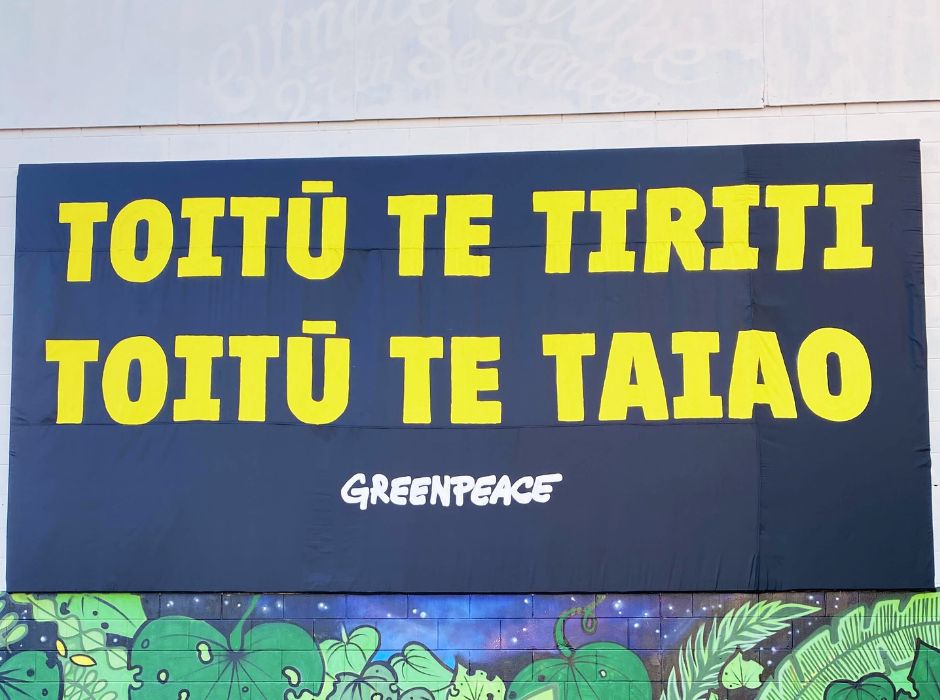
Here’s why Greenpeace will join the Hīkoi mō Te Tiriti
We all have a responsibility to defend Te Tiriti and protecting Te Tiriti is also entwined with the Greenpeace mission to protect nature and peace. That’s why we’ll be attending and supporting the nationwide hīkoi next week to protest the Treaty Principles Bill.
-
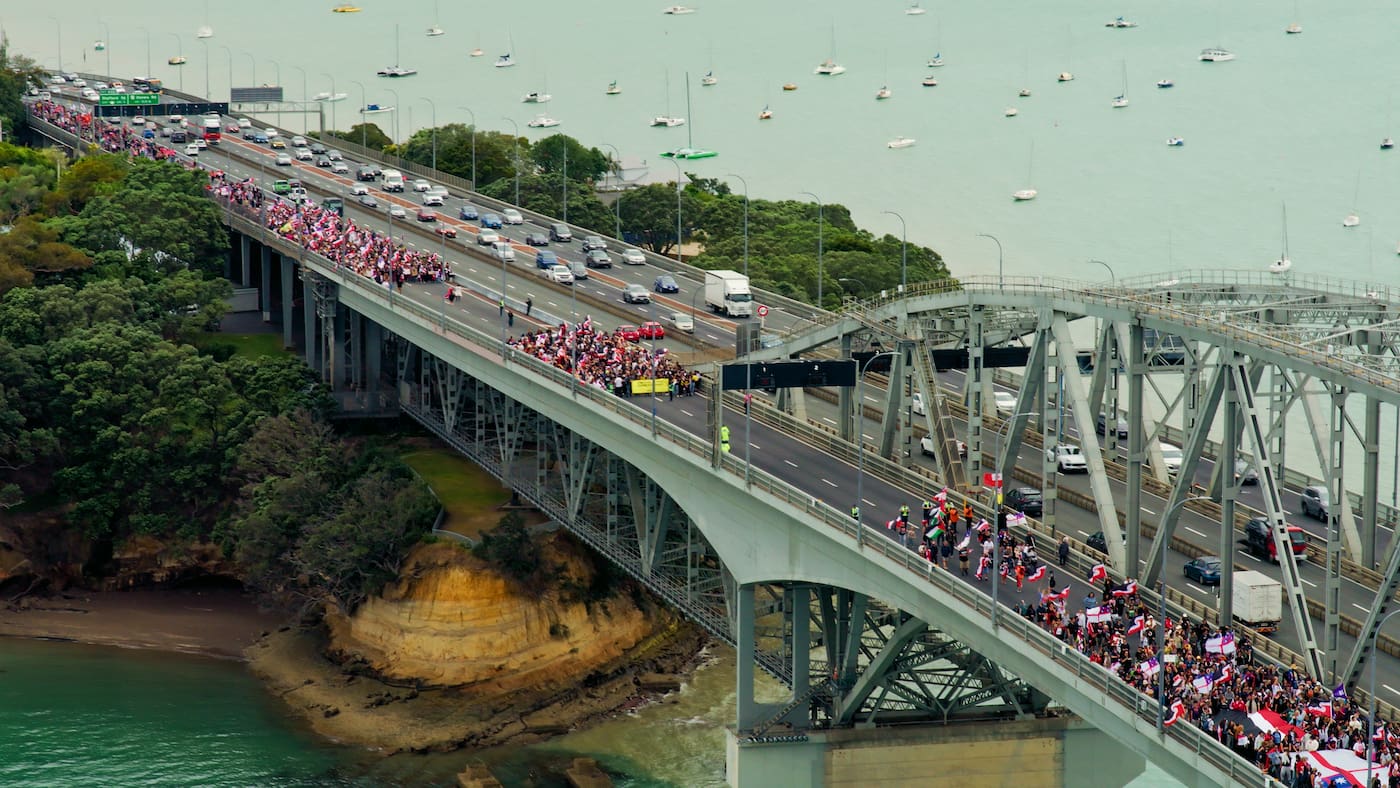
Te Tiriti and the environment: If you care about nature, I call on you to care about the Treaty
Upholding Te Tiriti is vital in our efforts to care for the environment. Those of us who care about nature will likely have experienced feeling our world broadened by a Māori worldview.0
-
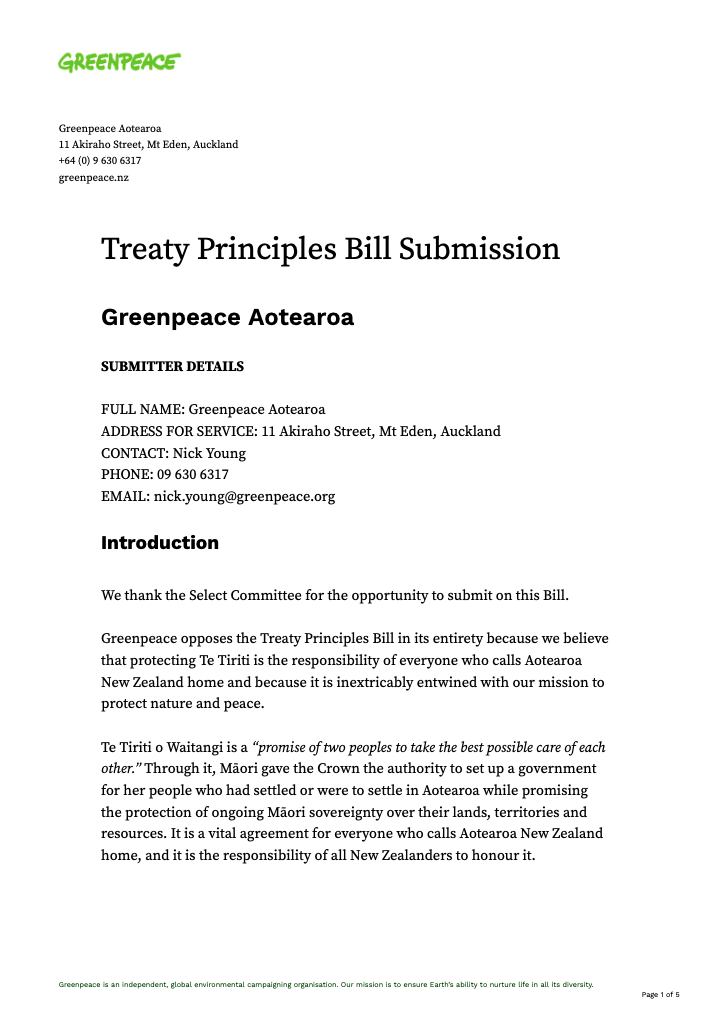
Greenpeace Submission on the Treaty Principles Bill
Greenpeace opposes the Treaty Principles Bill in its entirety because we believe that protecting Te Tiriti is the responsibility of everyone who calls Aotearoa New Zealand home and because it…
